
I was just playing another round of “Heads Up, Seven Up” with my class before Christmas and realized that I have not written about how I love to use this game when teaching math. This little gem came to me when I was teaching Kindergarten/Prep. I always start the day with a morning meeting. We greet one another, usually play a few song experience games, and then get started with the academics. Some days, rather than playing our musical games, I would play a “fan favorite” game. The whole point is to start off the day on a positive note while reinforcing turn taking and fair play. I have a whole repertoire of games to choose from, but I love to teach “Heads Up, Seven Up” right when the kids are learning different ways to compose and decompose numbers to 10.
When teaching about different ways to “make” a number, we often start with unifix cubes or other connecting blocks, like Lego. I will show the kids that (for example), seven cubes all connected together plus nothing else makes seven (7 + 0 = 7). We then methodically go through the process of sliding one cube at a time into a second group (6 + 1 = 7, 5 + 2 = 7, etc). I then pair the kids up, give them some cubes (a number smaller than 10) and have them work together to write out all of the different ways to “make” or compose that number. They are fascinated to find that there is always one more way than the actual number. For example, there are 8 ways to make 7, 9 ways to make 8, etc.
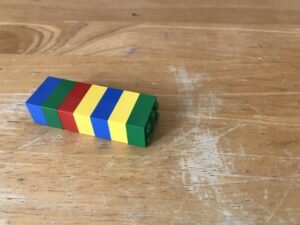
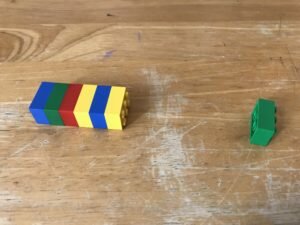
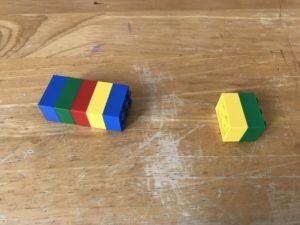
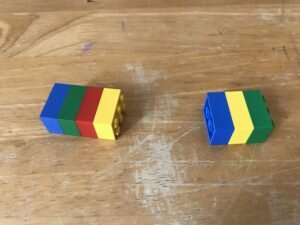
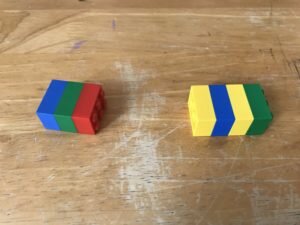
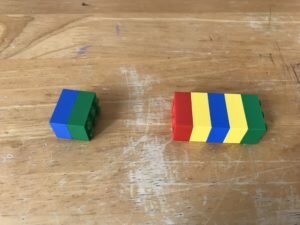
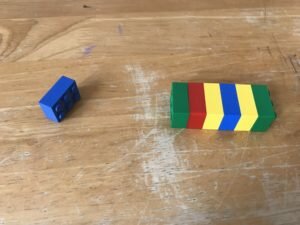
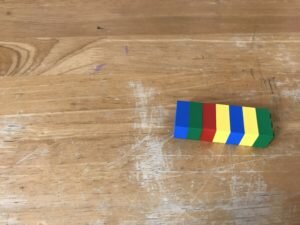
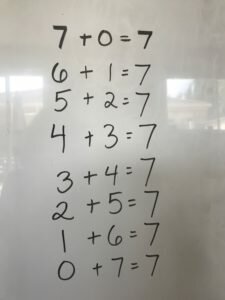
Once we have gone through this introductory lesson, I like to introduce Heads Up, Seven Up as a morning meeting game. I play it the way I learned to play in second grade. Seven kids are chosen to go to the front of the room. The rest of the students sit at their desks. The teacher tells the seated students to put their heads down and thumbs up. Each student puts one thumb up, and of course, no peeking! Then the kids at the front sneak around the room, choose one person, and gently put that person’s thumb down. Then they sneak back to the front. If someone has already been chosen, the chooser needs to select someone else.

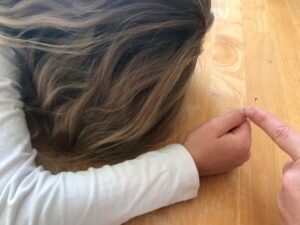
Once everyone has made their choice, the teacher tells the whole group to open their eyes. Those that were chosen all stand. They take turns guessing which one of the choosers selected them. When I play, I have the chooser sit down if their persons guesses them, which narrows the guessing pool for the other kids that were selected.
The kids absolutely love this game, simple as it is. So here is the twist (and it is SO minor!!) When calling the choosers, I tell the class how many choosers we will have. It is usually 7, but sometimes we might play with 6, 8, or 9. Then I ask someone to tell me how many kids to call up first. If we have 7 choosers, they might say to call up 4. So I select 4 students to stand in one group. Then I ask the class how many more kids we need to get to 7. Once they work out that it is 3, I call up three more kids to stand in a second group. I write the equation quickly on the board, and then we play. This whole process adds about fifteen seconds to game play, so it is quick and easy, but it is great concrete review for them. As we play a few rounds I continue to write the various ways we found to make seven on the board, and at the end we fill in any we missed.
I love when I can double dip on a lesson or activity, so when our morning game is also a concrete math lesson, we all win!

Comments are closed.